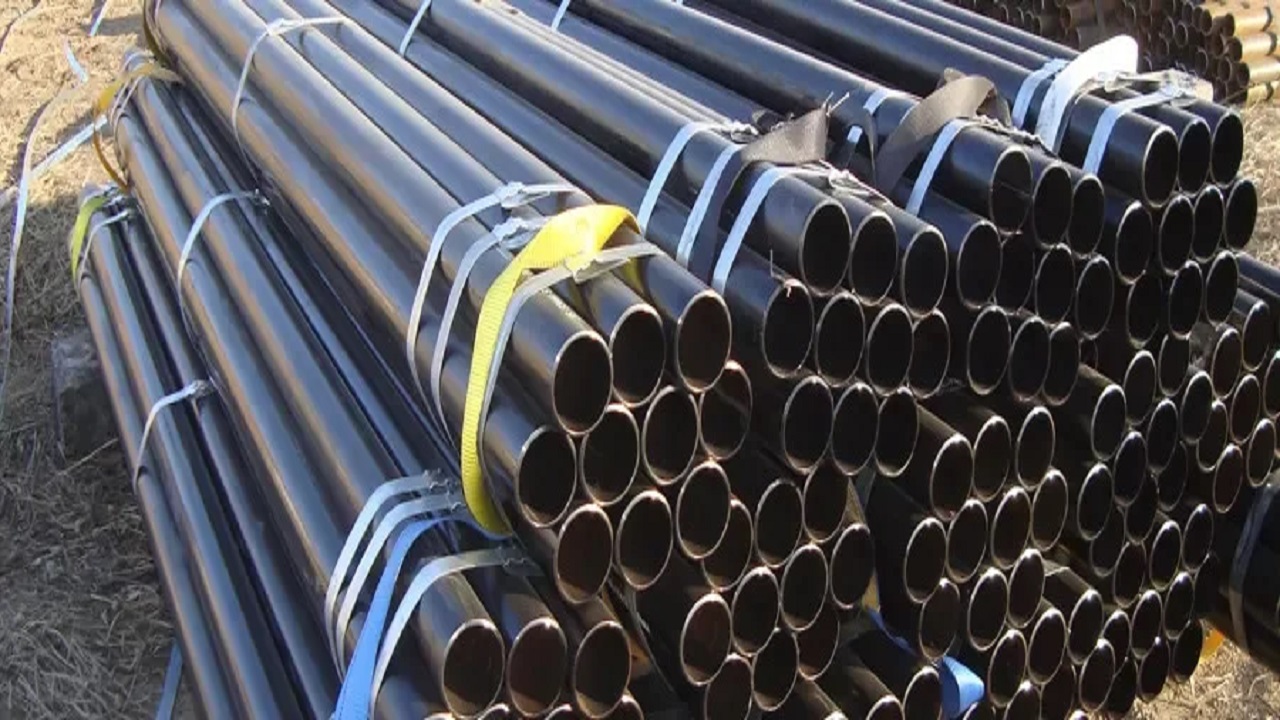The strength and durability, along with the versatility of square tubes, make them suitable for various industrial applications. Each project requires a specific square tube size from the available options. Tuspipe manufactures Square Tube– Carbon Steel Square Tubing Size(4×4/ 3×3), among others. Professionals who understand square tube size variations and their respective applications will make better selection decisions.
What Is a Square Tube?
The hollow steel section, known as a square tube, features all sides with equivalent dimensions. The construction industry, along with manufacturing and structural applications, widely utilizes this product. The square shape of the tube combines strength with resistance to pressure and weight that applies from different directions. The market offers square tubes in different materials and thicknesses, with carbon steel and galvanized steel among the available options. Square tubes exist in multiple sizes, which makes them suitable for structural building construction and machine frame development projects.
Common Square Tube Sizes
The market offers various square tube sizes, yet specific dimensions remain popular since they serve multiple applications. The standard square tube sizes available in the market include 4×4 and 3×3, but alternative options exist for specific requirements.
4×4 Square Tube
The dimensions of a 4×4 square tube measure 4 inches for each side. The 4×4 square tube size finds its place in construction projects that require additional structural support. The construction industry uses square tubes extensively for building bridges and structures and large frames. This thick and large structure can endure heavy weights and challenging environmental conditions.
3×3 Square Tube
A 3×3 square tube is slightly smaller but still provides good strength and durability. The tube finds its applications in constructing fences and machine frames as well as smaller structures. The medium size of this tube provides excellent stability to projects that need structural support but not the extra weight of larger dimensions.
Other Available Sizes
The selection of square tube sizes extends to multiple dimensions which exceed 4×4 and 3×3. The selection process for square tubes includes 2×2 and 5×5 dimensions, while industrial projects need larger dimensions. The project requirements determine which tube size offers the most advantages.
Choosing the Right Square Tube for a Project
The selection of suitable square tubes depends on three essential factors: project nature, weight requirements, and environmental exposure needs.
Strength and Load Capacity
The 4×4 square tube is the best choice for carrying heavy loads in construction. The light applications can be handled by smaller tubes such as 2×2 or 3×3. A tube's strength is determined by the size of its wall thickness. Square tubes become stronger when their walls reach increased thickness levels because thicker walls resist bending better.
Material Selection
The production of square tubes uses stainless steel together with galvanized steel and carbon steel materials. Builders extensively use carbon steel as their principal steel material since it represents the most powerful option available. Open-air use is possible for galvanized steel products since they have protective coatings to prevent rust formation. It is possible to maintain corrosion resistance in wet environments and chemical solutions because of stainless steel's material properties.
Project Type
Different industries use square tubes for different purposes. Construction projects often require large and thick tubes for stability. The production of furniture and decorative metalwork requires tubes that are smaller in size. The selection process for size and material depends on understanding project requirements.
Applications of Square Tubes
Various industries adopt square tubes because they offer both durability and versatility.
Construction and Infrastructure
The construction sector, along with bridge and road infrastructure, utilizes square tubes as a primary material. The heavy load capacity of square tubes makes them indispensable for construction applications. The structural framework of beam-columns and additional elements depends on square tubes for their support.
Manufacturing and Machinery
Multiple machines and equipment systems need square tubes to build their frames and support frameworks. Their uniform shape and strength make them easy to work with in manufacturing processes.
Fencing and Gates
Manufacturers use square tubes to construct fences and gates that maintain high durability and strength levels. The combination of modern design with stability and extended performance makes square tubes an ideal construction choice.
Automotive and Transportation
The automotive industry utilizes square tubes for building vehicle frames together with trailers and additional structural components. The combination of strength and low weight makes square tubes ideal for transportation needs.
Furniture and Decorative Uses
The manufacturing industry utilizes square tubes to produce furniture and decorative metalwork, as well as shelving units. These structural components give stability through their framework while enabling designers to create innovative designs.
Conclusion
The industrial sector relies heavily on square tubes because they deliver both strength and durability together with versatile applications. The market offers two main size options for square tubes, which include 4×4 and 3×3 dimensions suitable for construction projects and manufacturing operations. The selection of proper dimensions and materials determines project achievement. Square tubes serve multiple structural and functional requirements because they exist in various options.

